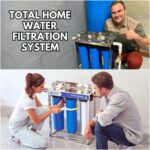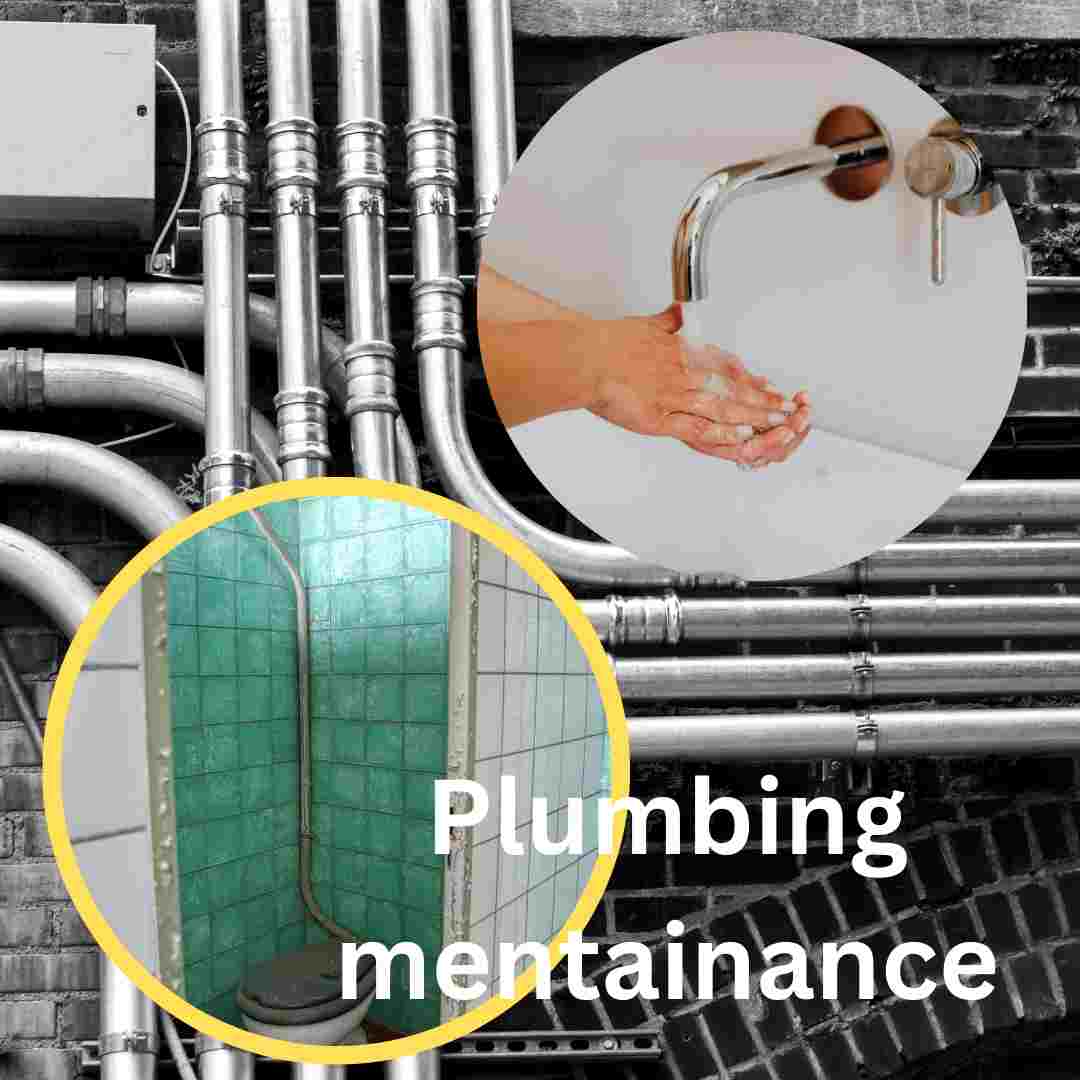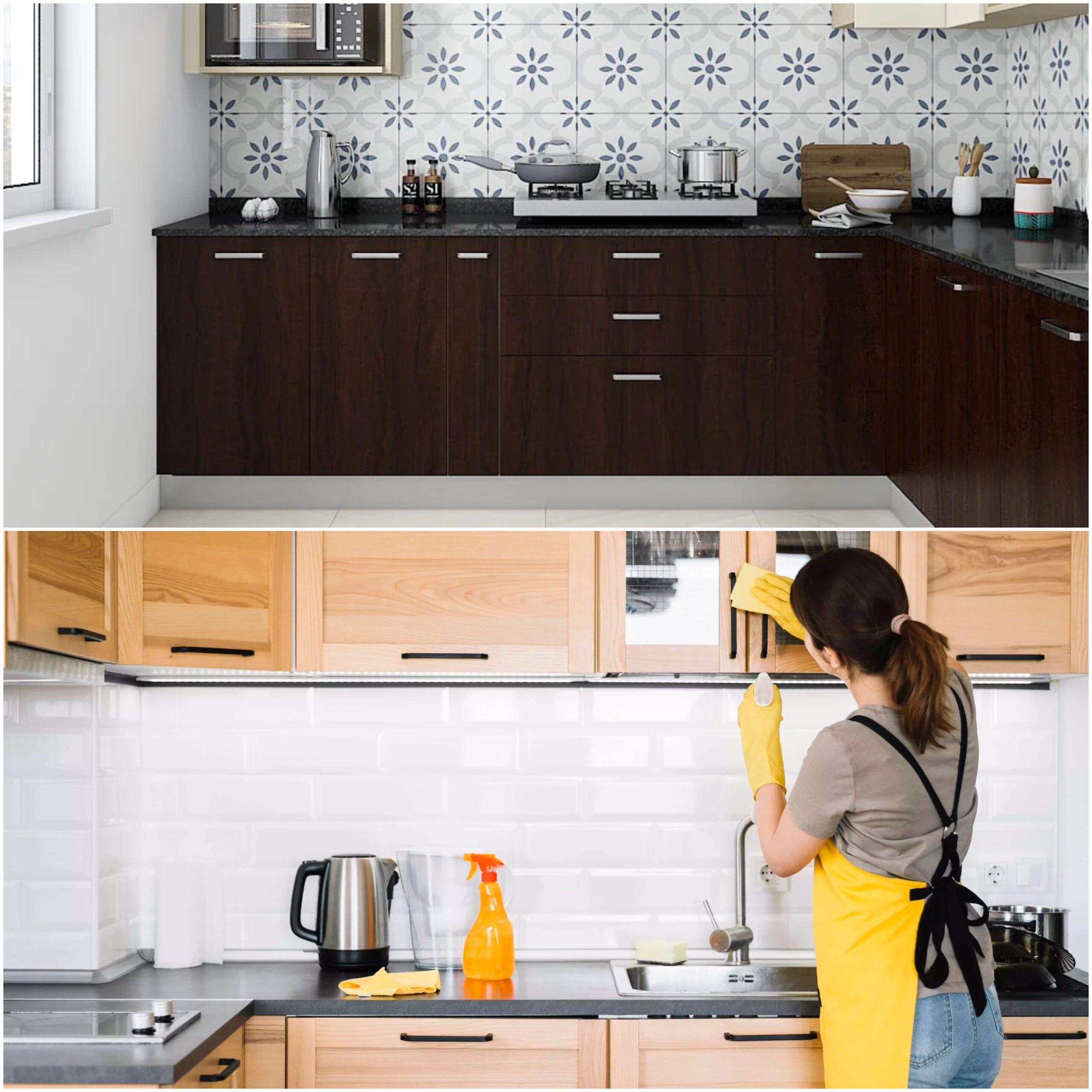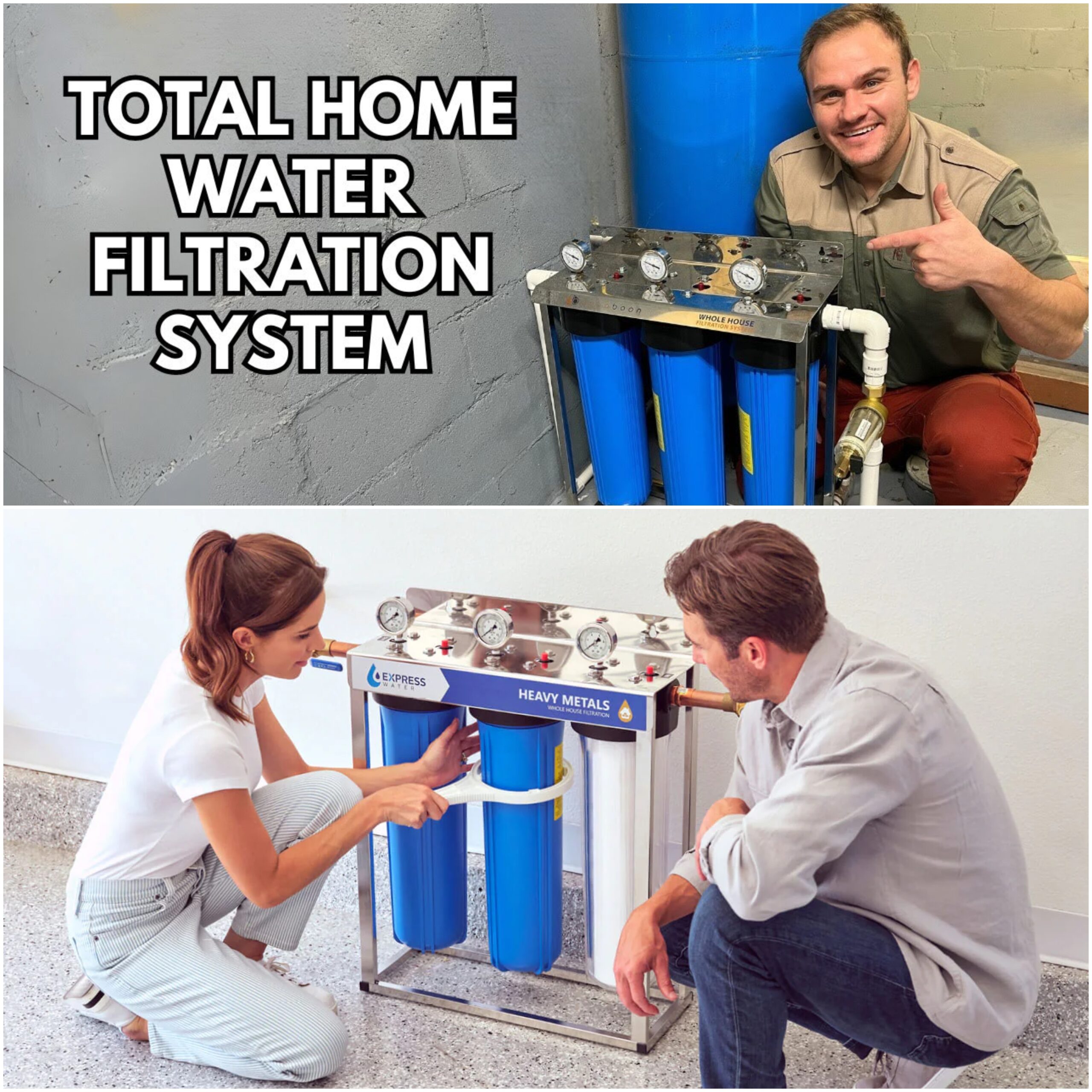Table of Contents
For American homeowners, regular plumbing maintenance plays an important role because it keeps the plumbing system in good operating order.
Without the bestplumbing maintenance, even little problems, like a small leak, can become serious and require costly repairs.
Ignoring plumbing problems can result in water damage, the growth of mold, and even structural damage to your house. For this reason, your plumbing system needs to be your first concern.
Let’s talk about common plumbing problems that might arise in American homes and help you save money on repairs.
Plumbing Maintenance Tips
Common Plumbing Issues in American Homes
1. Leaky Faucets and Pipes
Pipes and faucet leaks are frequent problems in a lot of American homes. These leaks often occur by corroded pipes, loose connections, and worn-out washers.
Even while a little leak might not seem like a huge concern, allowing it to continue can cause more serious issues.
Leaks have the potential to waste large amounts of water over time, raising your water bill. More importantly, the ongoing dampness can lead to the formation of mold and possibly structural damage to your property, requiring expensive plumbing maintenance.
2. Clogged Drains
Drain clogs are yet another common issue. They usually happen when material from food, soap scum, hair, or oil builds in the pipes.
Unpleasant smells and possible water damage can result from untreated clogged drains because they cause water to back up.
Use drain screens to capture hair, avoid pouring grease down the drain, and clean your drains regularly using vinegar and baking soda mixture to prevent clogs.
3. Water Heater Problems
Since they are necessary for your home to provide hot water, water heaters can have problems over time.
Sand development in the tank is a common issue that can lower the heater’s efficiency and increase energy costs.
Unusual sounds, irregular water temperatures, or dirty water are some warning indications of problems.
The water heater’s lifespan can be increased and these problems can be avoided by flushing it regularly with this simple idea of plumbing maintenance.
4. Low Water Pressure
Inconvenient low water pressure can be brought on by some things, including mineral formation in the pipes, malfunctioning pressure regulators, and plumbing system leakage.
To begin diagnosing the problem, determine if it is limited to a single fixture or affects the entire house.
If the problem seems to be widespread, it may be time to have the pipes inspected or to have a plumber come out to look into it moreplumbing maintenance issues.
Read: How to Maintain Your Home HVAC System in the USA?
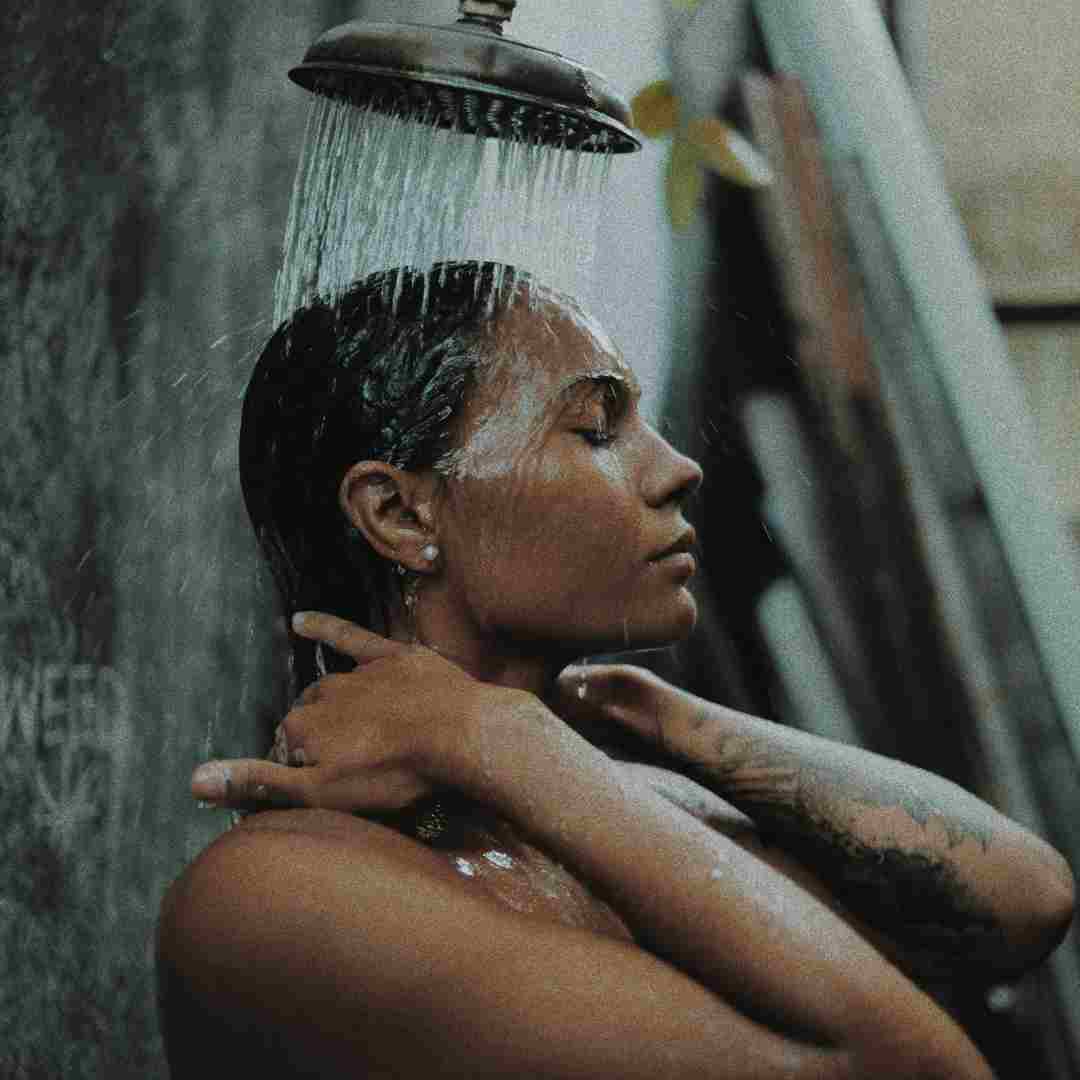
Preventative Plumbing Maintenance Tips
1. Regular Inspection of Pipes and Fixtures
- Inspection of your pipes and fixtures regularly is one of the greatest strategies to prevent plumbing issues.
- Begin by looking under sinks, around toilets, and in nearby areas of equipment like washing machines and dishwashers.
- Keep an eye out for leak indicators, such wet spots, rust, or moist spots. Also, be aware of any odd smells since these may point to hidden leaks.
- It is critical to address any of these symptoms with the right plumbing maintenance as soon as possible to avoid more serious problems later on.
2. Proper Use of Drains
- Health of your plumbing maintenance system depends on proper drain care.
- Grease, oil, coffee grounds, and food scraps should not be poured down the drain since they can clog it.
- Use drain screens in the bathroom to capture soap residue and hair before they go into the pipes.
- Cleaning your drains regularly with vinegar and baking soda mixture and hot water thereafter is also beneficial.
- By taking one easy step, you can maintain your drains free and avoid challenges.
3. Water Heater Maintenance
- Regular plumbing maintenance is necessary but at the same time maintaining the efficiency of your water heater too.
- Dirt buildup inside the tank over time may lower the heater’s efficiency and increase energy costs.
- Flush your water heater at least once a year to avoid this.
- To get rid of dirt a few gallons of water must be drained from the tank.
- To avoid corrosion, replace the anode rod every few years and have a professional check the heater for any wear indicators.
4. Protecting Pipes from Cold Weather
- Your plumbing system may be particularly vulnerable to the effects of cold weather if your pipes are poorly insulated.
- The water within the pipes may freeze and expand in colder weather, bursting the pipes.
- Make sure to insulate any exposed pipes to avoid this, especially those in unheated spaces like garages, attics, and basements.
- Keeps a trickle of water running through faucets during periods of extreme cold to lessen the chance of freezing.
5. Installing Water Softener Systems
- Over time, hard water with high mineral content, like calcium and magnesium, can lead to plumbing system issues.
- These minerals may build up inside pipes, reducing water flow and possibly causing corrosion.
- By removing the salts from the water, installing a water-softening system can help avoid these problems.
- This prolongs the life of your water-using equipment, like dishwashers and washing machines, in addition to safeguarding your pipes.
Read: How to Maintain Your Home Garage Door?
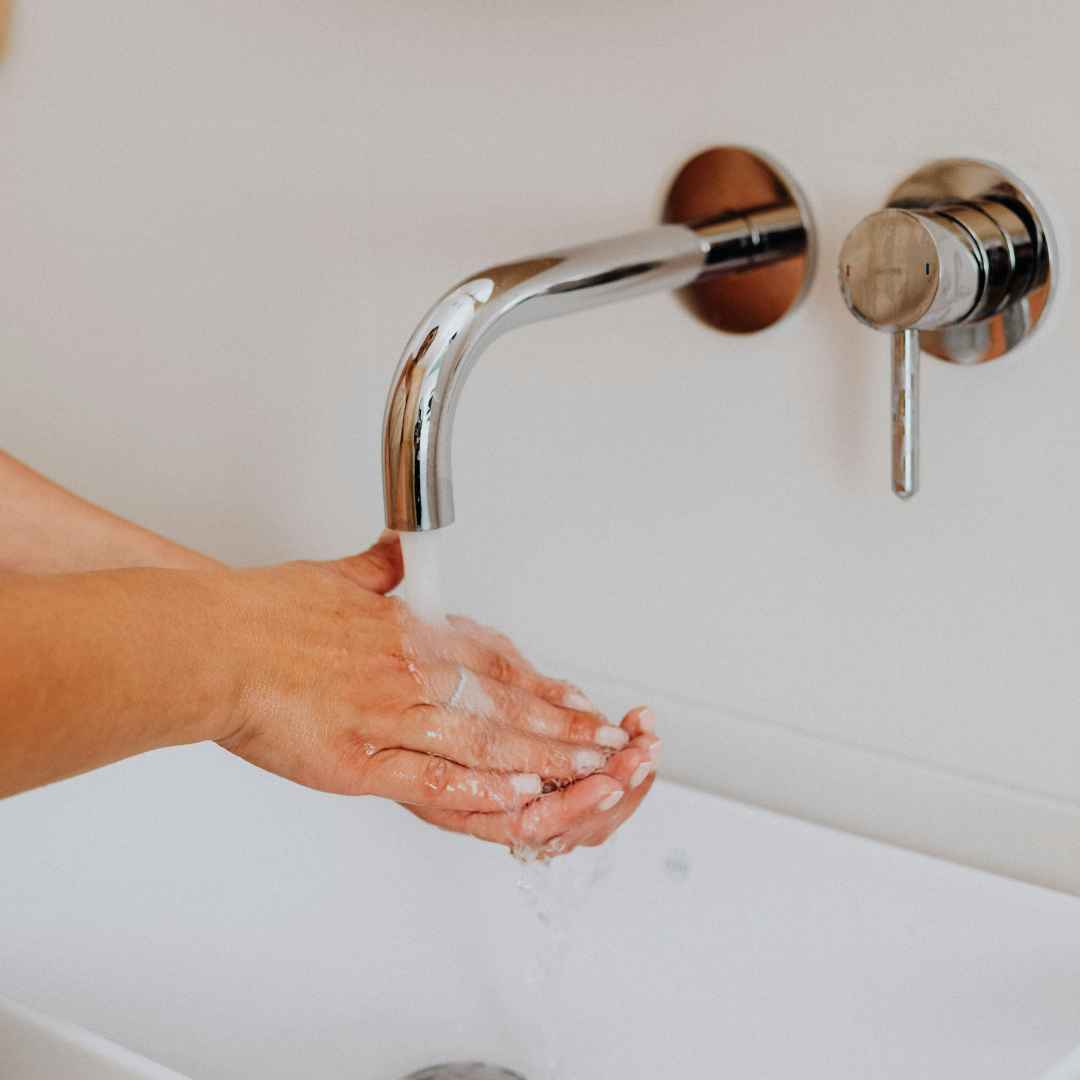
DIY Plumbing Maintenance Tips for Minor Repairs
A. Fix a Leaky Faucet
Replacing a leaking faucet is an easy way to reduce water damage and save money on your water bill.
Here is a detailed how-to,
1. Turn OFF the Water Supply during Plumbing Maintenance
- Make sure the faucet’s water supply is off before you begin.
- The shut-off valve is typically located below the sink.
2. Remove the Handle
- To remove the faucet handle, use a screwdriver.
- To reach the screw, you might have to pull off a decorative cap.
3. Take Out the Cartridge or Washer
- Using a wrench to loosen and pull out the component, you will either need to remove a cartridge or washer, depending on the type of faucet you have.
4. Inspect and Replace the Part
- Look for any indications of wear or damage on the washer or cartridge.
- Replace it with a new one if it is worn out.
- To make sure you get the right replacement, remember to bring the old part to the store.
5. Reassemble the Faucet
- Reverse the procedures you took to disassemble the faucet and reassemble it after the new part is in place.
6. Turn On the Water Supply
- To confirm that the leak has been rectified with this DIY plumbing maintenance tricks, switch the water supply back on and test the faucet.
B. Unclog Drains
1. Use a Plunger
- Most blockages in sinks, toilets, and bathtubs may be removed using a plunger, a basic tool.
- After positioning the plunger over the drain and applying strong pressure, swiftly lift it up.
- Do this multiple times to generate suction that releases the blockage.
2. Try a Drain Snake
- An effective drain snake can be used for more stubborn blocks.
- Turn the handle of the snake to force it through the obstruction after inserting it into the drain.
- Pull out the snake and take the clog with it when you encounter resistance.
3. Use Baking Soda and Vinegar
- Pour a half-cup of baking soda and a half-cup of vinegar down the drain if you would rather use a natural remedy for a plumbing maintenance.
- After letting it sit for 10 to 15 minutes, run hot water down the drain.
- This technique works well for small clogs and is easy on pipes.
C. Replace a Showerhead
1. Remove the Old Showerhead
- To remove the outdated showerhead from the shower arm, use a wrench or pliers.
- Till it comes off, rotate it counterclockwise.
2. Clean the Threads
- Make sure to clean the shower arm’s threads to get rid of any debris or old tape before installing the new showerhead.
3. Apply Thread Seal Tape
- The shower arm’s threads should be covered with a few thicknesses of plumber’s tape, commonly referred to as thread seal tape.
- This will help in sealing the area tightly during plumbing maintenance.
4. Attach the New Showerhead
- Turn the shower arm clockwise to secure the replacement showerhead.
- After manually tightening it, if necessary, give it an additional quarter turn with a wrench.
5. Test for Leaks
- After you turn on the water, look for any leaks near the connection.
- If any are visible, tighten the showerhead a bit more to seal the leak.
You may save time and money by handling small plumbing problems on your own with the help of these easy do-it-yourself plumbing maintenancetips.
Read: Water Damage Prevention and Maintenance Tips for USA Homes
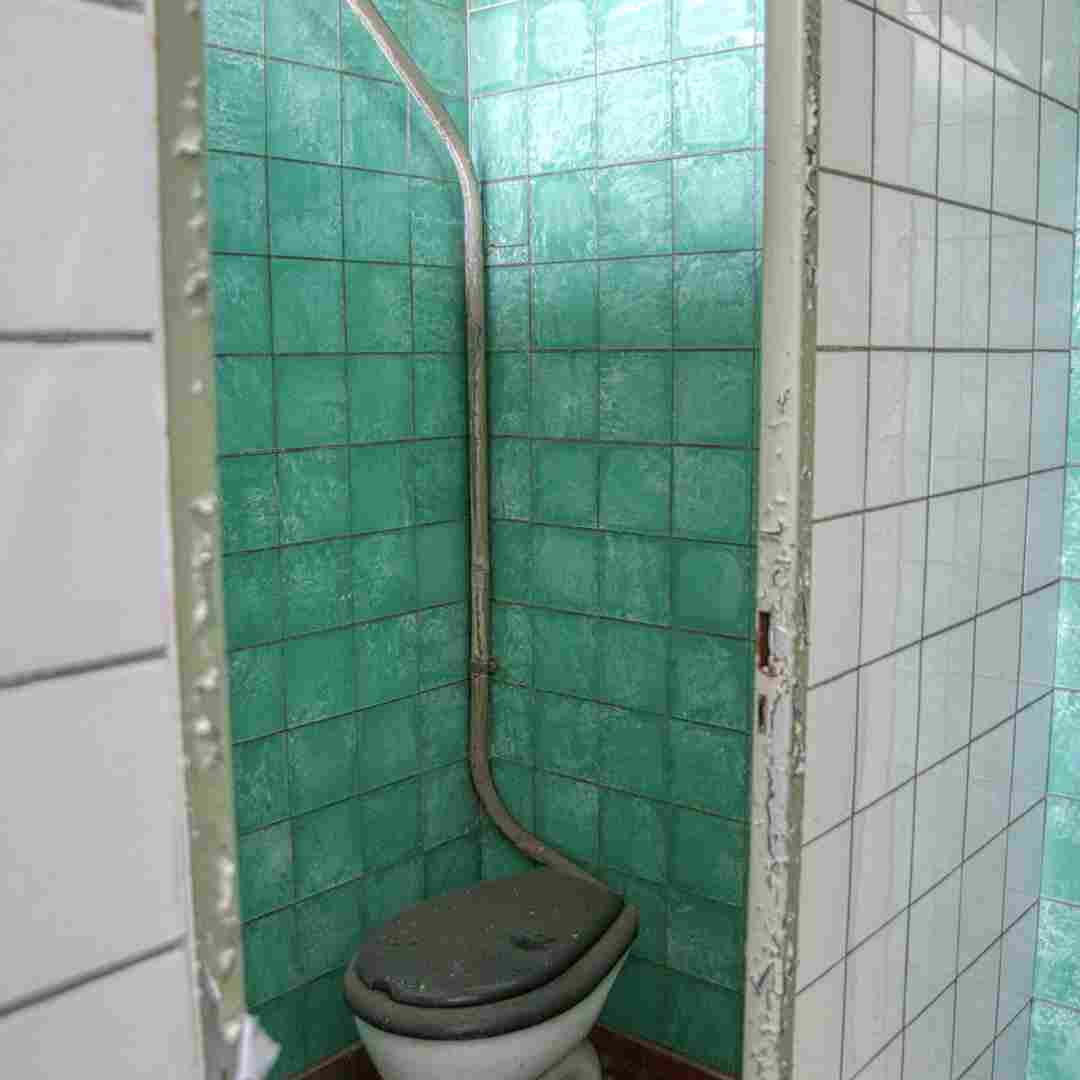
When to Call a Professional Plumber?
- Persistent Leaks
If a leak persists after several attempts to correct it, there may be a more serious problem with your connections or pipes.
- Water Stains on Walls or Ceilings
Water stains can indicate concealed leaks above ceilings or behind walls. If left untreated, these might result in significant water damage and the formation of mold.
- Low Water Pressure Throughout the House
A major problem like a main water line break, pipe corrosion, or a hidden leak could be the cause of low water pressure in several fixtures then get expert plumber service.
- Sewage Odors
Odors that do not seem right escaping from your yard or drains could be a sign of a blockage or break in your sewer system. This calls for a licensed plumbing maintenance service provider to respond right away.
- Flooding or Standing Water
Unexpected water gathering in your yard or house is always an indication of a serious plumbing problem that requires professional assistance.
Bottom Line
Any homeowner would be wise to put in the time and effort necessary to keep their plumbing system in good working order.
It provides comfort knowing that your plumbing is in good functioning condition in addition to shielding your house from possible harm.
To be sure your plumbing system continues to be reliable as well as efficient for many years to come, regular plumbing maintenance is necessary.
Read: Outdoor Grill – Choosing the Right Grill for Your Outdoor Cooking Needs





